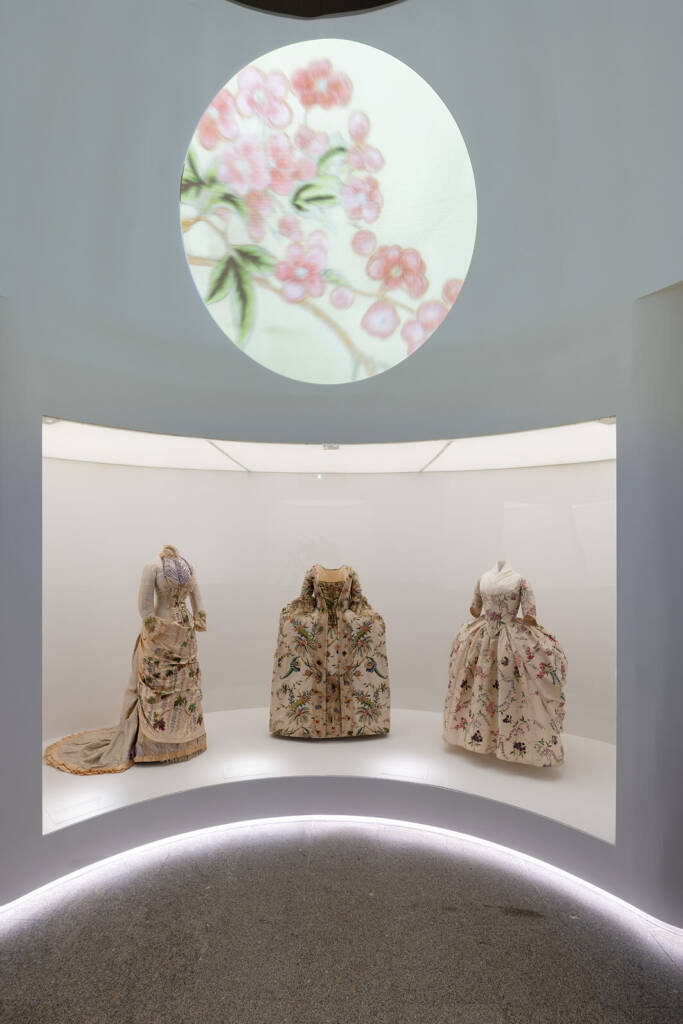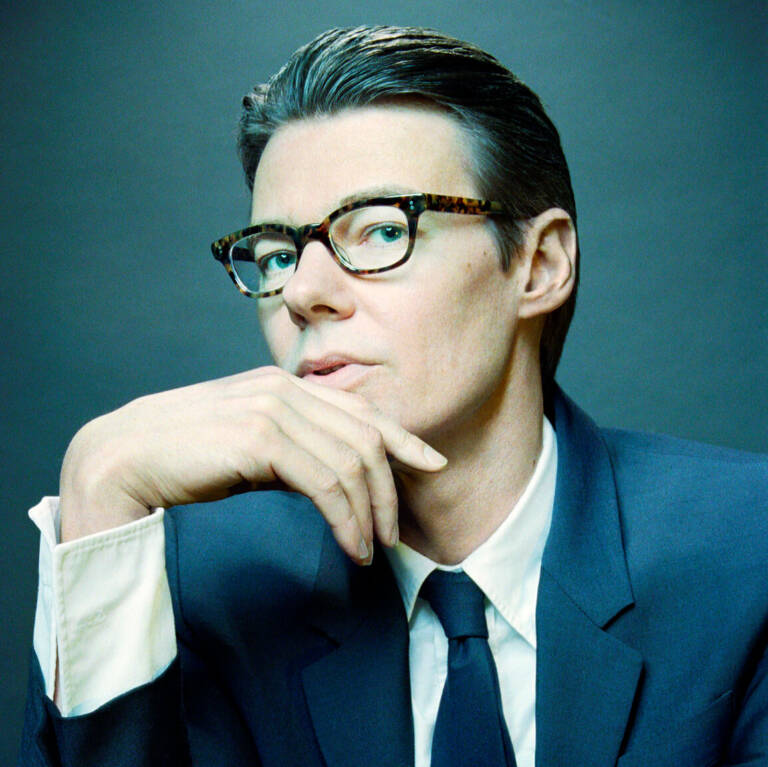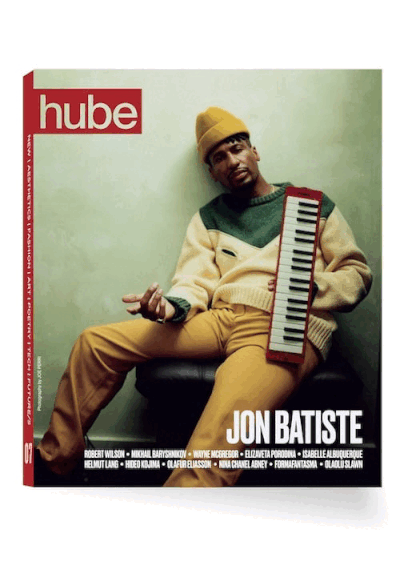
Photography courtesy of THE METROPOLITAN MUSEUM OF ART

Photography courtesy of THE METROPOLITAN MUSEUM OF ART
Andrew Bolton OBE, the visionary curator in charge of the Costume Institute at the Metropolitan Museum of Art, has transformed the fashion landscape through his innovative and expansive approach to curation. The mastermind behind the exhibitions celebrated by the Met Gala, Bolton understands them not as shows but as immersive experiences in which art, theatre, architecture, and technology coalesce.
Bolton’s influence extends far beyond curation. His writing, which explores the cultural, political, and social significance of garments, has shaped the discourse surrounding fashion. Through his work, he highlights the intricate connections between fashion and social movements, examining the evolution of design aesthetics, and bringing attention to underrepresented designers and traditions.
We were fortunate to speak to Bolton about the relationship between fashion and poetry, the value of tradition and the excitement of innovation, and dreams of a life not bound by time. Read on to discover his insights into the multifaceted nature of fashion and its enduring impact on art and culture.
hube: In your projects, you employ theatrical techniques to craft new narratives and to construct engaging mise-en-scènes, effectively turning exhibitions into dramatic presentations. Do you think this comparison accurately reflects your work? If so, which techniques from theatre do you find most interesting and applicable to curating?
Andrew Bolton:I think what I’m trying to do is create an architectural space rather than a theatrical one. Though at times it may seem theatrical, I intend to craft an environment that embodies the theme or narrative of the exhibition.
I am very conscious when working with a collaborator-whether it’s a production de-signer, architect, or artist. My main incentive is to collaborate with someone whose work has a synergy with the exhibition’s theme and who can create a space that extends the narrative into an architectural form.
The Karl Lagerfeld exhibition serves as a prime example. I had a clear vision of the theme, focusing on the concept of the line of beauty. I envisioned a straight line to embody his modernist inclinations, juxtaposed with an ‘S’ line to evoke his historicist and romantic tendencies. My goal was to seamlessly integrate this concept into the exhibition’s structure. I wanted to collaborate with Tadao Ando, not only because I admire his work, but also because he had a relationship with Karl Lagerfeld. They had had contemplated working together on a house, which unfortunately never materialised. I aimed to create a space that would symbolise the house that Ando had envisioned for Lagerfeld.
Ultimately, my objective is to extend the narrative of the exhibition into an immersive environment that engages the audience.
h: Over time, our relationship with fashion has evolved significantly, shifting from utility to a means of identification and expression. What might come next? Perhaps a shift towards existential beauty?
AB: When I hear visitors in the exhibition ex-claim, “Oh gosh, who would wear that? That’s not wearable,” I remind myself that fashion isn’t always about wearability. However, it is always designed for the body. Even fantastical aeroplane dresses, which you can’t sit or run in, are crafted to fit a body. What excites me now is thinking about digitised representations of ourselves. When I explore the metaverse, where people create clothing for a digitised body, I feel a bit disappointed.
They have the freedom to move beyond the constraints of the physical body, yet their collections often resemble everyday clothes and fail to capture the fluidity and materiality of fashion. There are limitations to how digitised bodies and fashion are represented.
I believe we should think differently and consider new shapes and forms. For example, one could say: “Today, I want to be a triangle. Today, I want to be blue. Today, I want to be happy.” Think about a word, a shape, or something entirely different. Regardless of whether it’s wearable or not, fashion is always designed for the body. You can’t remove the body from fashion or clothing in the physical world, but you can when envisioning the digitised body. I’m excited about how designers can play with our digitised representation, but l don’t want to see myself on the internet wearing something I wear in my daily life. I want to be a poet one day, an epitaph, or an acronym. What intrigues me is the potential of the metaverse and future technologies to rethink and express one’s identity beyond the limitations of traditional clothing and the physical body.
h: Classical philosophy suggests that understanding the nature of things and phenomena requires maintaining a certain distance or objectivity. Is this approach possible in the context of fashion?
AB: As a curator, one of your goals is to be as objective as possible. It’s not always the case. Fashion is about subjectivity. Fashion is about emotion. And it’s hard to take that away. This emotionality is its strength, so why should we try to remove it? I hope that it continues this way, because fashion’s unique power lies in this emotionality. It reflects complex ideas about race, ethnicity, history, gender, and sexuality in ways that painting, sculpture, and other art forms cannot.

